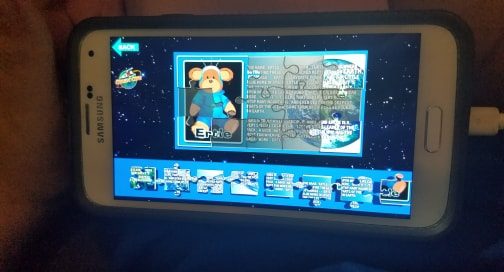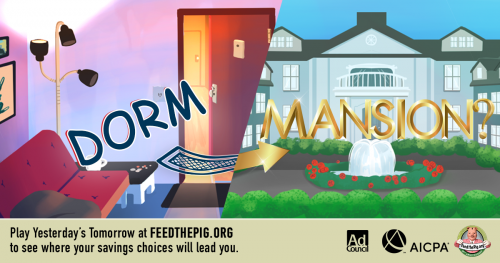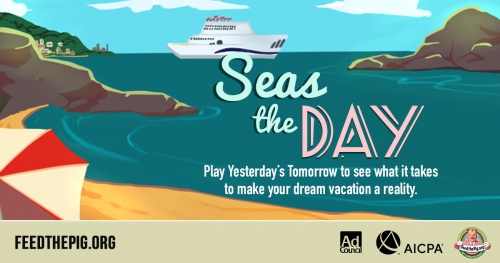The number of downloads of mobile applications is constantly growing. For example, according to a report made by App Annie, more than 204 billion apps were downloaded globally in the past 2020, with mobile app industry revenue reaching $581.9 billion.
If you are still wondering if it is profitable to enter the mobile app niche, stop doubting. But what if you really want to make an application, but you don’t know how to code? There is a solution. In this article, we will tell you what tools can be handy.
What types of mobile applications are there?
Developers identify three main methods for creating mobile applications:
- Traditional. The most common development approach with the use of programming languages, which also includes layout, optimization, and other steps.
- Zero-code. Development doesn’t require knowledge of Java, Kotlin, or C++. You just place blocks of content, set up animation, and the app is ready.
- Low-code. You still need to write some code, but just a little.
Zero-coding applications can be assembled alone – the entire infrastructure is provided by the platforms and there is no need to spend extra money on hosting, server administration, etc. And if you have at least a couple of free weeks, then it will be easy for you to make a full-fledged application.
What software should you use?
The most popular tools for mobile development without code are Glide, Adalo, and Bubble. They help you create a mobile version of a website, a progressive web app, or even a full-fledged native product that works with a camera, microphone, push notifications, and other smartphone features.

Let’s take a closer look at the software.
#1. Glide
Glide apps cannot be downloaded to the store, but they can be published on the Internet as a PWA. The platform is great for creating simple applications and MVPs – there are many ready-made templates, easy user-friendly settings. There is a free plan (with a limitation on the amount of data, 10% commission on all payments and the company logo) and paid ones (the price starts from $32 per month).
It should be understood that with the help of Glide it will be possible to create something primitive, for example, a style guide or housing rental service. If you aim to create something global, such as a financial application, a mobile wallet, or, say, an application related to transport infrastructure, it’s better to turn to real pros, for example, https://sumatosoft.com/industries/logistics-software-development. So you will save your nerves, and get something really worthwhile, which will definitely come to the market.
If you have more than enough enthusiasm to create your own application, we will continue to get acquainted with the software.
#2. Adalo
Adalo allows you to create applications using the drag and drop method from ready-made or custom design templates. This platform is more powerful than Glide and can be used to build more complex applications. Ready-made apps can be published in the App Store, Google Play, or on the Internet as a PWA.
There are no restrictions on the number of applications on the free plan, but the amount of data is fixed. Paid plans start from $50 per month.
#3. Bubble
Bubble is one of the most powerful programming environments for building web applications. It can be used to build desktop or responsive web apps for any screen size.
Even the most complex business logic can be deployed here – Bubble will stand it. However, applications cannot be uploaded directly to the store, but you can wrap them in a special container and then publish them in Apple and Google marketplaces.
As in the previous options, there is a free plan with restrictions, and the paid one starts at $25 per month.
Wrapping up
Yes, mobile zero-code applications still have some limitations: for example, to create a mass service with huge traffic, when speed and design are important, it is better to outsource your idea to cool programmers, for example, https://www.qulix.com/services/mobile-application-development/.
But the first versions of such a product, especially MVP or simple applications can be built without code, saving time and money. The choice is yours!

 definitely worth it!” The review ends with a 5 (out of 5) star rating.
definitely worth it!” The review ends with a 5 (out of 5) star rating.
























